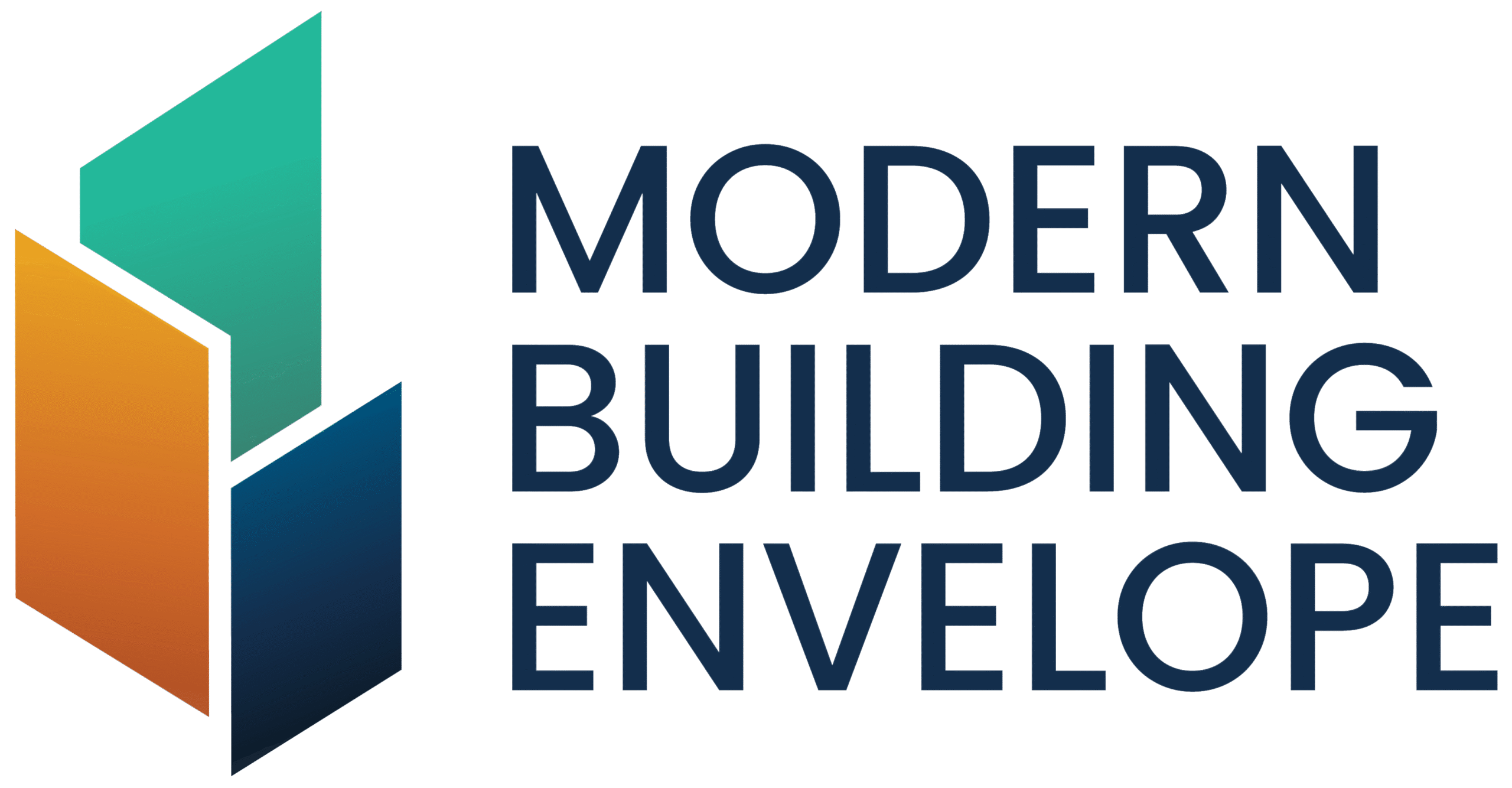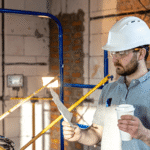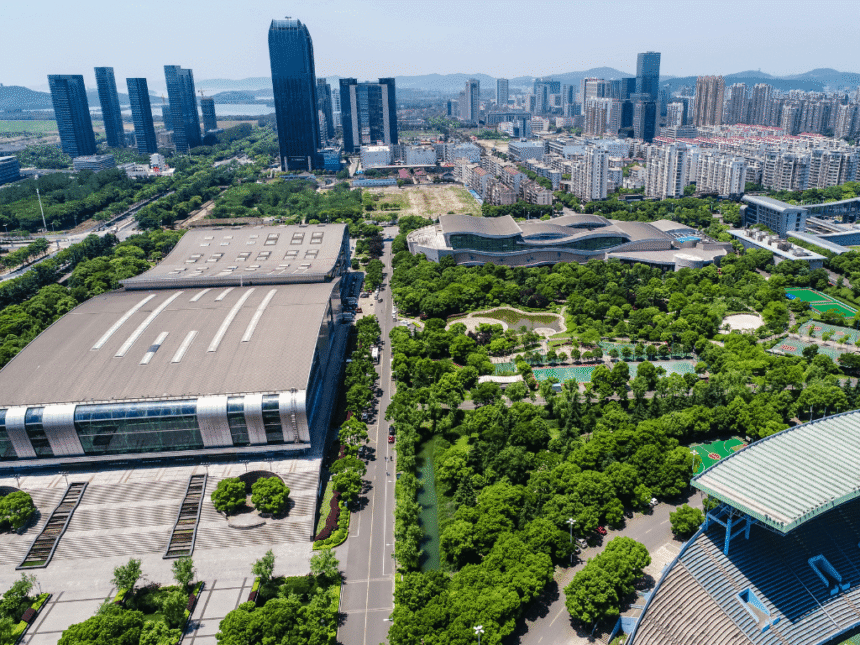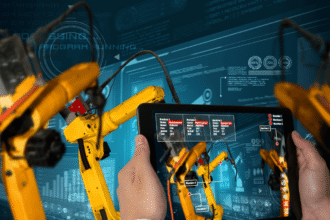Sustainability is no longer just a design trend it is the foundation of how modern buildings are conceived, built, and maintained. As environmental regulations tighten and the demand for greener infrastructure grows, the construction industry is turning to sustainable manufacturing practices to reshape the way building materials are produced and used.
By reducing waste, optimizing energy consumption, and prioritizing circular design, manufacturers are helping architects and developers meet ambitious environmental goals without compromising on performance or aesthetics.
The Connection Between Manufacturing and Sustainable Design
Every building begins long before the first brick is laid. The materials used and how they are manufactured play a major role in determining the project’s environmental footprint.
Sustainable manufacturing focuses on efficiency and longevity, ensuring that every component contributes to the overall energy performance and resilience of the structure.
From locally sourced raw materials to energy-efficient production lines, these practices enable designers to create buildings that are both eco-conscious and high-performing.
Core Sustainable Manufacturing Practices Transforming the Industry
1. Energy-Efficient Production
Modern manufacturing facilities are adopting renewable power sources such as solar, wind, and geothermal energy to run operations.
Energy recovery systems and optimized machinery further minimize waste heat and emissions, leading to cleaner and more efficient production cycles.
2. Waste Reduction and Recycling
Circular manufacturing is at the center of sustainable production.
By reusing scrap materials, implementing closed-loop recycling, and converting waste into new inputs, manufacturers are cutting both waste volume and cost. This approach supports long-term resource conservation and reduces landfill dependence.
3. Low-Carbon Material Innovation
The creation of low-carbon concrete, green steel, and recycled polymers is revolutionizing how materials are produced.
These alternatives significantly lower embodied carbon while maintaining strength and durability allowing sustainable choices without performance trade-offs.
4. Water Conservation Technologies
Advanced filtration and reuse systems help manufacturers reduce freshwater consumption in production.
Closed-loop water systems and rainwater harvesting are now becoming standard features in environmentally responsible manufacturing plants.
5. Localized Supply Chains
Transporting materials across long distances adds emissions and costs.
By establishing local or regional manufacturing hubs, companies not only reduce their carbon footprint but also improve delivery times and support community economies.
Digitalization and Smart Manufacturing
The adoption of Industry 4.0 technologies including IoT, AI, and digital twins has allowed manufacturers to measure and manage sustainability in real time.
These technologies enable predictive maintenance, optimize energy use, and ensure process consistency, ultimately improving both environmental and operational performance.
Data-driven manufacturing also supports life-cycle transparency, making it easier for designers and clients to track the true impact of each material used in a project.
The Impact on Future Building Design
Sustainable manufacturing directly influences architectural design.
High-quality, eco-friendly materials give architects greater flexibility to design structures that meet net-zero energy targets and certification standards like LEED and WELL.
As manufacturing becomes cleaner and more efficient, it opens doors to innovative building systems modular, lightweight, and recyclable that align with both climate goals and market demand for responsible construction.
Looking Ahead
The future of building design depends on how well the manufacturing sector embraces sustainability.
By combining green production technologies, responsible sourcing, and intelligent automation, the industry can drastically reduce its environmental impact while driving innovation and performance.
Sustainable manufacturing isn’t just improving how buildings are made it is shaping how the built environment will evolve for generations to come.
Image Credits: Freepik













